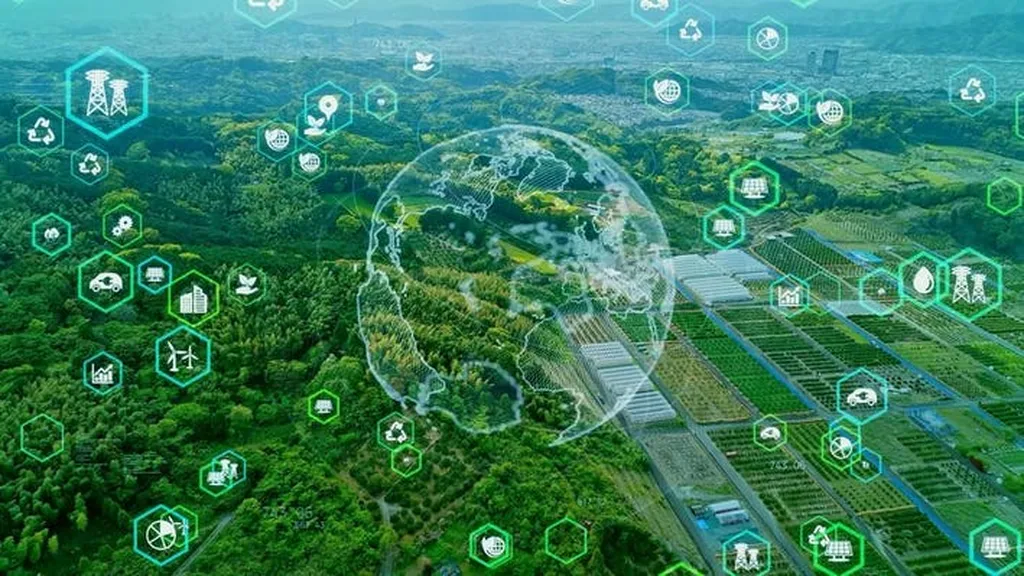In the quest for sustainable energy solutions, researchers have made a significant stride in optimizing methane production from industrial waste, offering a promising avenue for the energy sector to reduce its carbon footprint. A recent study, led by Chatchawin Nualsri from the Faculty of Food and Agricultural Technology at Pibulsongkram Rajabhat University in Thailand, has uncovered the optimal conditions for converting hydrogenic effluent—a byproduct of co-digesting vinasse and spent brewer’s yeast cells—into methane. The findings, published in *Carbon Resources Conversion* (translated as “Carbon Resources Conversion”), could pave the way for more efficient biogas production and substantial greenhouse gas reductions.
The research focused on fine-tuning the hydraulic retention time (HRT) in a continuous stirred tank reactor (CSTR), a critical factor in the anaerobic digestion process. By testing various HRTs ranging from 60 to 5 days, the team identified that a 10-day retention period yielded the best results. “At this optimal HRT, we observed a maximum methane production rate of 853.6 mL/L·d and a methane yield of 304.9 mL/g-VS, with a COD removal efficiency of 53.86%,” Nualsri explained. These results not only highlight the potential for enhanced methane production but also underscore the economic viability of converting industrial waste into a valuable energy resource.
The study also delved into the microbial dynamics at play, revealing distinct patterns across different HRTs. Shorter retention times (5–15 days) were dominated by Bathyarchaeia-related taxa and Thermoplasmatota, while longer HRTs (30–60 days) saw the predominance of traditional methanogenic archaea within the Euryarchaeota phylum. This microbial diversity is crucial for the efficiency of the methane production process, which involves both acetoclastic and hydrogenotrophic pathways. The coexistence of these pathways under shorter HRTs suggests a more robust and efficient system, capable of handling a wider range of feedstocks.
One of the most compelling aspects of this research is its potential impact on greenhouse gas emissions. By implementing this optimized process, the study estimates a potential reduction of 1,026,206 tCO2eq/year. This reduction is achieved through the substitution of fossil fuel-based electricity with methane-derived power, a shift that could significantly lower the carbon footprint of the energy sector. “This research not only offers a technical solution but also presents a clear pathway for industries to contribute to global climate goals,” Nualsri noted.
The implications of this study extend beyond the immediate findings. As the energy sector continues to seek sustainable and cost-effective solutions, the optimization of anaerobic digestion processes like the one described here could become a cornerstone of future developments. By leveraging the insights gained from this research, industries can enhance their waste management practices, reduce environmental impact, and tap into new revenue streams from biogas production.
In an era where the demand for renewable energy is on the rise, this research serves as a reminder of the untapped potential within industrial waste. As Nualsri and his team continue to explore the intricacies of microbial communities and their role in methane production, the energy sector stands to benefit from more innovative and sustainable solutions. The journey towards a greener future is fraught with challenges, but with each breakthrough, the path becomes clearer and more achievable.

